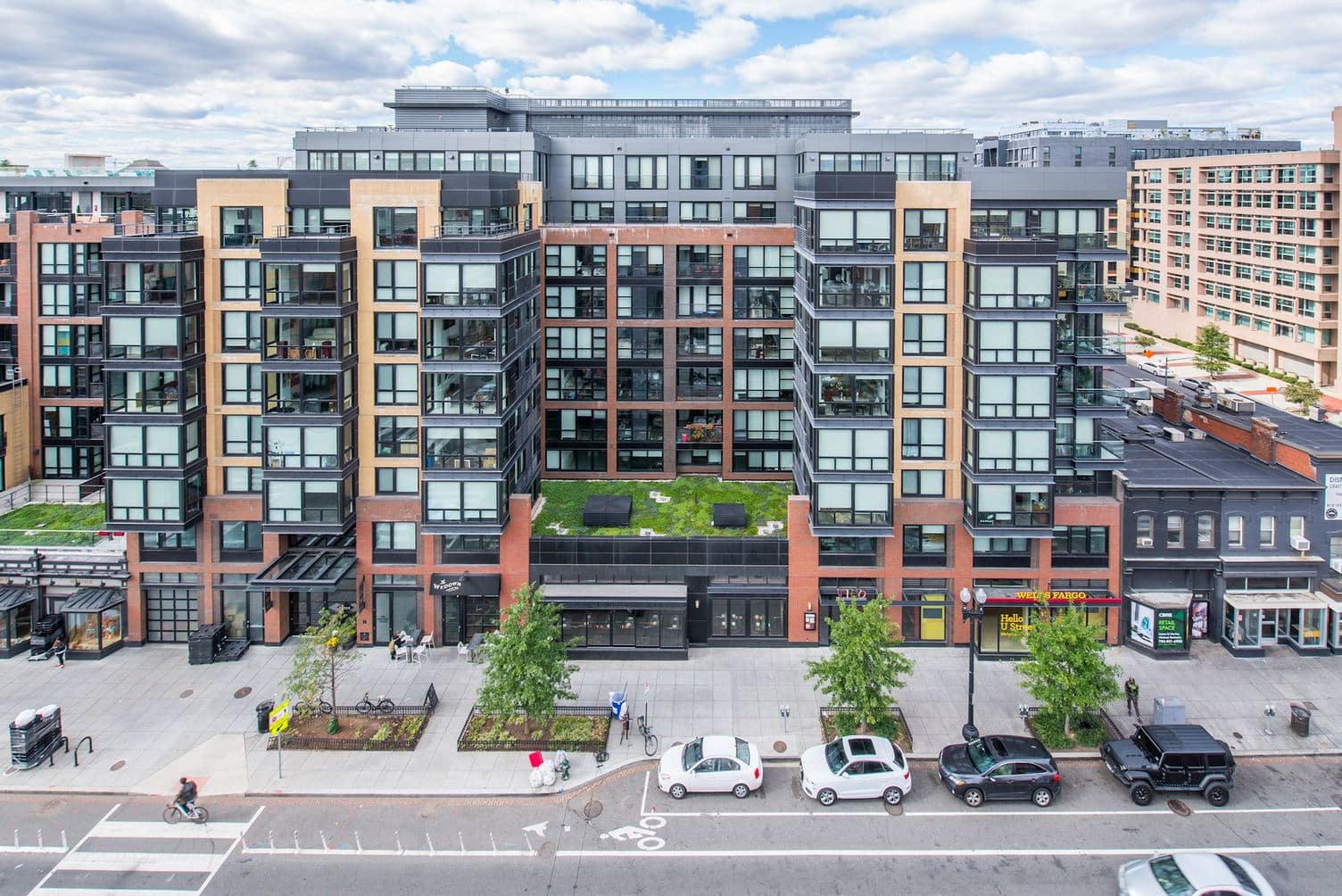Introduction
The dream of owning a home is a cherished one, but the path to homeownership often begins with deciphering the world of mortgages. With various loan options, interest rates, and financial terminology, the process may seem complex. However, fear not! In this comprehensive guide, we will simplify mortgages and provide you with the key to unlocking your dream home. Let’s embark on this journey together.
Mortgage Basics
Before diving into the specifics, let’s establish a solid foundation by exploring the fundamental concepts that underlie the world of mortgages.
1. Types of Mortgages
Mortgages come in various flavors, each with its unique characteristics. Here’s an overview of the most common options:
Fixed-Rate Mortgages
Think of a fixed-rate mortgage as your steady ship on the sea of homeownership. With this type of mortgage, your interest rate remains constant throughout the loan’s term, ensuring predictable monthly payments.
Pros:
- Predictable monthly payments.
- Protection against interest rate fluctuations.
- Long-term stability.
Cons:
- Initial interest rates may be higher than other options.
- Potential for higher upfront costs.
Adjustable-Rate Mortgages (ARMs)
An adjustable-rate mortgage offers a voyage with flexibility and potential savings. ARMs typically start with a lower initial interest rate compared to fixed-rate mortgages but can adjust periodically.
Pros:
- Lower initial interest rates, potentially leading to lower initial payments.
- Potential for lower rates if market conditions favor it.
- Ideal for those planning to move or refinance before rate adjustments.
Cons:
- Interest rates can increase significantly over time.
- Uncertainty about future payments.
Understanding the differences between fixed-rate and adjustable-rate mortgages is vital for making an informed decision that aligns with your financial goals.
2. The Mystery of Mortgage Rates
Mortgage rates play a pivotal role in determining the overall cost of your mortgage. To unveil this mystery, let’s explore how mortgage rates work:
Factors Influencing Mortgage Rates
Mortgage rates are influenced by various factors, including:
- Economic Indicators: Rates can rise or fall based on economic indicators like employment rates, inflation, and the overall health of the economy.
- Credit Score: Your credit score plays a significant role in the interest rate you’ll qualify for. A higher credit score often leads to lower rates.
- Loan Term: Shorter loan terms generally come with lower interest rates compared to longer terms.
- Market Conditions: Mortgage rates can fluctuate daily due to market conditions and lender policies.
Strategies for Securing Favorable Rates
Securing a favorable interest rate is paramount for prospective homebuyers. Here are some strategies to help you achieve it:
- Boost Your Credit Score: A higher credit score can lead to lower interest rates. Work on improving your credit by paying down debt, paying bills on time, and correcting errors on your credit report.
- Shop Around: Different lenders may offer varying rates and terms. Don’t settle for the first rate you’re offered; shop around and compare offers.
- Consider Points: Points are fees paid upfront to lower the interest rate. Depending on your circumstances, paying points can be a wise financial decision.
3. Preparing Your Financial Foundation
Securing a mortgage requires more than just understanding; it necessitates financial preparation. Let’s go through the steps to get your financial house in order:
Enhance Your Credit Score
Your credit score is a significant factor in the mortgage approval process. To improve your credit score:
- Pay bills on time.
- Reduce credit card balances.
- Avoid opening new lines of credit.
- Correct any errors on your credit report.
Save for a Down Payment
While some loans offer low or no down payment options, having a substantial down payment can be advantageous. It can lower your monthly payments and potentially help you secure a more favorable interest rate. Aim to save at least 20% of the home’s purchase price for a down payment.
Evaluate Your Budget
Before applying for a mortgage, evaluate your budget to ensure you can comfortably manage the monthly payments. Consider your current expenses, income, and potential changes in your financial situation.

Navigating the Mortgage Application
With the fundamentals in place, it’s time to navigate the mortgage application process. This stage can be the most intimidating part of your homeownership journey, but we’re here to guide you through it.
4. Mortgage Application Checklist
To ensure a smooth application process, we’ve compiled a comprehensive checklist of the documents and information you’ll need to gather before approaching lenders:
- Personal Information: Collect your identification, social security number, and contact information.
- Financial Documents: This includes bank statements, tax returns, pay stubs, and other financial records.
- Employment History: Be prepared to provide a detailed employment history, including current and previous employers.
- Credit Report: Lenders will request your credit report as part of the application process.
- Property Information: If you’ve already selected a property, have its details ready.
Having these documents and information readily available will expedite the application process and increase your chances of approval.
5. Choosing the Right Lender
Selecting the right lender is a pivotal decision in your homeownership journey. Here are key factors to consider when evaluating potential lenders:
Reputation and Credibility
Research the lender’s reputation and credibility. Read reviews, ask for recommendations, and check with organizations like the Better Business Bureau to ensure they have a positive track record.
Interest Rates and Fees
Compare interest rates and fees offered by different lenders. Even a slightly lower interest rate can save you thousands of dollars over the life of your loan.
Customer Service
Customer service matters. Choose a lender that is responsive, communicative, and willing to answer your questions throughout the mortgage process.
Loan Options
Different lenders offer various loan programs. Ensure the lender you choose has loan options that align with your needs and financial goals.
Comparative Table: Mortgage Types at a Glance
To simplify your decision-making process, let’s visualize the key features of different mortgage options with a comparative table:
| Mortgage Type | Interest Rate | Down Payment | Loan Duration | Pros | Cons |
|---|---|---|---|---|---|
| Fixed-Rate Mortgage | Low and Stable | Typically 20% | 15-30 years | Predictable monthly payments | Higher initial rates |
| Adjustable-Rate Mortgage | Lower Initial Rate | Varies | 5-10 years | Lower initial rates, potential savings | Rates can increase significantly |
This table offers a clear and concise overview of the two primary mortgage types, enabling you to weigh their pros and cons with ease.
Conclusion
Congratulations! You’ve now gained the key to understanding mortgages and simplifying the path to homeownership. With an understanding of mortgage types, interest rates, the application process, and selecting the right lender, you are well-equipped to turn the key and open the door to your dream home.
In this guide, we’ve demystified the complexities of mortgages, providing you with the essential knowledge needed to navigate this journey with confidence. As you embark on this exciting path, remember that knowledge and informed choices are your greatest allies. Welcome home!










